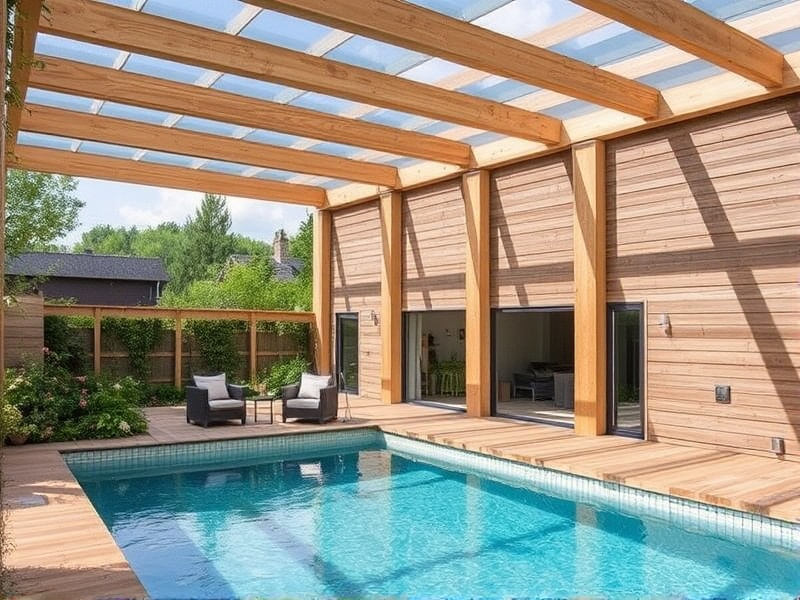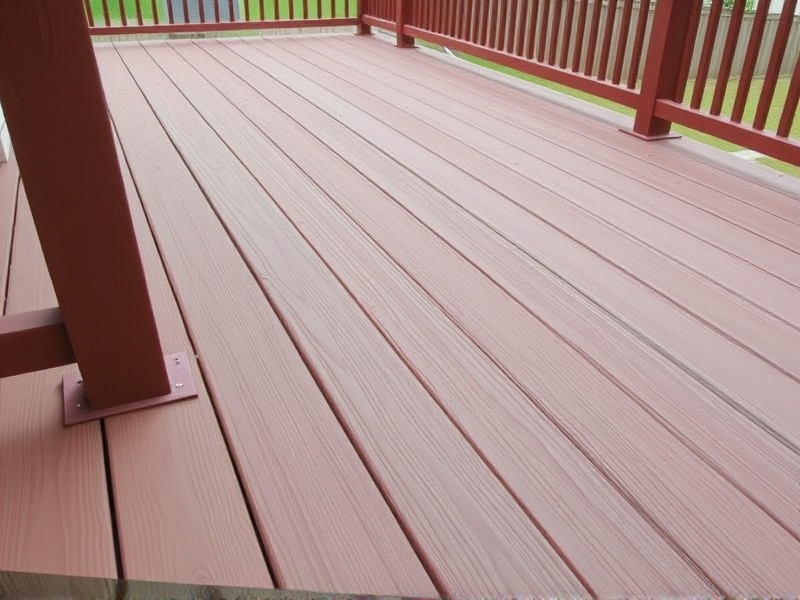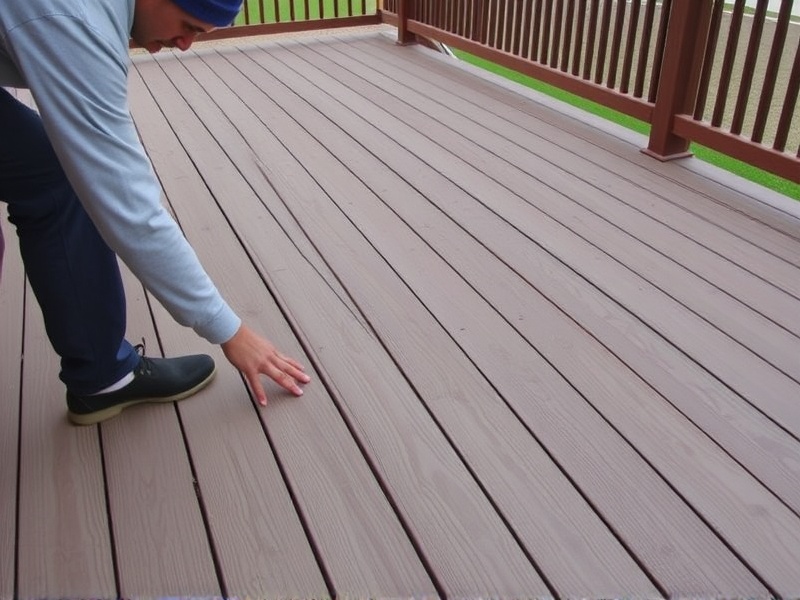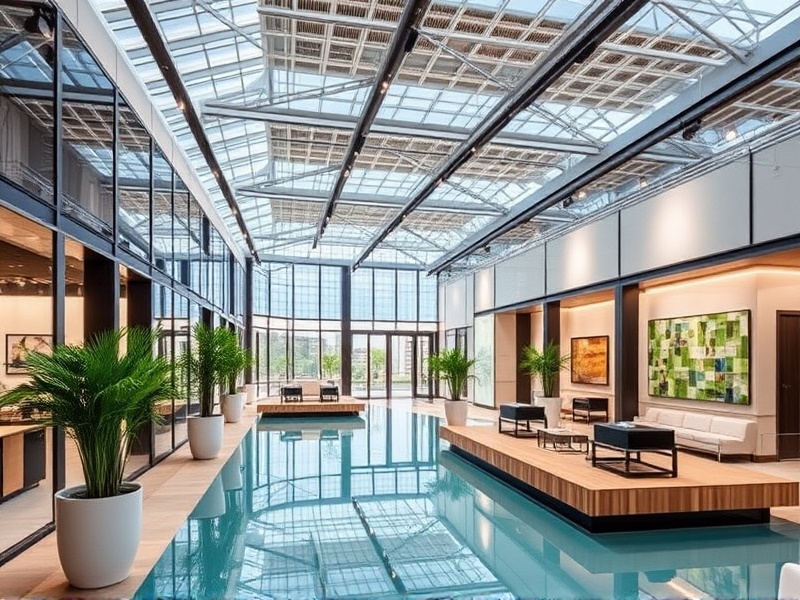wpc unterkonstruktion schwimmend verlegen
Introduction
Floating WPC (Wood Plastic Composite) understructures have gained popularity in recent years due to their versatility and durability. These structures are ideal for outdoor applications such as decks, walkways, and boardwalks over water or soft ground areas. However, installing them requires careful planning and execution to ensure stability, waterproofing, and proper alignment. This guide aims to provide a comprehensive overview of the installation process and address common challenges faced during installation.
Planning and Preparation
Before starting the installation, it is essential to plan and prepare adequately. Begin by assessing the site conditions, including soil type, water levels, and environmental factors. Ensure that the area is clear of debris and any potential hazards. Additionally, gather all necessary tools and materials, such as floating WPC understructure kits, screws, and sealants. Proper preparation ensures a smooth installation process and minimizes the risk of errors.
Stability Considerations
One of the primary concerns when installing floating WPC understructures is ensuring stability. The understructure must be able to withstand various forces, including wind, water currents, and weight loads. To achieve this, use high-quality materials and follow the manufacturer’s guidelines for installation. Incorporating bracing and support beams can enhance the structure’s stability. It is crucial to maintain even spacing between support elements to distribute weight evenly across the entire surface.
Waterproofing Techniques
Waterproofing is another critical aspect of installing floating WPC understructures. Since these structures often come into contact with water, they must be resistant to moisture and rot. Utilize waterproof sealants and coatings during installation to protect the wood plastic composite from water damage. Regular maintenance, including reapplying sealants, is also necessary to prolong the lifespan of the structure. Ensuring proper drainage around the perimeter of the deck prevents water accumulation and reduces the risk of damage.
Proper Alignment During Installation
Proper alignment is vital for the aesthetic appeal and functionality of floating WPC understructures. Use levelers and other alignment tools to ensure that each section of the understructure is perfectly aligned. This step is particularly important when connecting multiple sections, as misalignment can lead to uneven surfaces and structural weaknesses. Follow the manufacturer’s instructions for aligning the components, and make adjustments as needed to achieve a seamless finish.
Common Issues and Solutions
During the installation process, several common issues may arise. One issue is uneven settlement, which can occur if the ground beneath the structure is not level. To resolve this, use shims or adjust the height of the supports until the surface is even. Another challenge is the potential for movement due to changing weather conditions. Incorporating flexible connectors and allowing for slight expansion and contraction can mitigate this problem. Regular inspections and timely repairs are key to maintaining the integrity of the structure.
Conclusion
Installing floating WPC understructures requires attention to detail and adherence to best practices. By following the steps outlined in this guide, you can ensure a stable, waterproof, and properly aligned installation. Remember to prioritize safety and consult professional advice when necessary. With proper care and maintenance, your floating WPC understructure will provide years of enjoyment and reliability.






Reviews
There are no reviews yet.